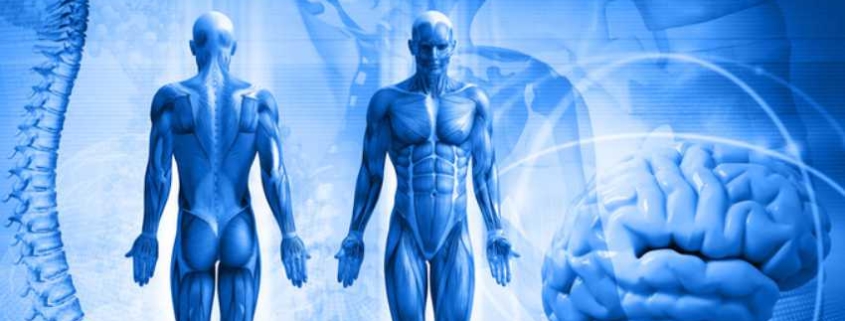Chapmans Reflexes Neuro-Lymphatic Reflexes
“No space is so small that it is out of connection with the lymphatics, with their nerves, secretory and excretory ducts. The system of lymphatics is complete and universal in the whole body.” A.T. Still. M.D. Philosophy and Mechanical Principles of Osteopathy.
Chapman’s Neuro-Lymphatic Reflexes describes a system of bringing balance to the functioning of the body by stimulating lymphatic flow through your body’s organs and glands. These neuro-lymphatic reflexes are used for diagnosing the relationship between a weak muscle and dysfunction with that muscle or its corresponding organ or gland/tissue.
Chapman’s Reflexes are a series of points that may help stimulate normal function in the lymphatic and endocrine systems. Chapman’s Neuro-lymphatic Reflexes were identified by an Osteopath, Dr. Frank Chapman D.O, in the 1920s. Chapman graduated from the American School of Osteopathy in 1897 and began locating and working with reflex points in 1901. He kept notes and case studies over twenty years, eventually documenting over 200 separate and distinct reflexes. Chapman recorded hundreds of case studies that showed efficacy and proved many of his theories.
Patients, who suffer with stress, present with headaches, musculoskeletal pain, lower back pain and sports injuries may benefit from Chapmans Reflexes. Other benefits include return to optimal strength of affected muscles, increased success in pain, stress management and increase in sports performance.Neuro-lymphatic reflexes are palpable points of soreness or tenderness at the distal ends of the spinal nerves with impeded lymphatic drainage resulting in inflammation. The tenderness is due to hyper-congestion of lymph and myofascial changes and is known as a Chapman’s reflex point.
These hyper-congestions vary in size according to their location, and to the proportion of pathology present which can be specific to a muscle or an organ. This is often caused by poor postural habits, injury, inappropriate exercise, stress and anxiety and altered underlying physiology; the end result is an increased sympathetic nervous system response, shortening of postural muscles causing incorrect alignment and loading of our joints, and decreased muscle strength and endurance. This continuous cycle increases stress and may even result in long term damage when the immune system becomes exhausted.
Palpation of Chapman’s points can be used for assessment of lymphatic function with correlation to specific organs. Through palpation and subsequent rubbing of these points, an osteopath may influence and stimulate the motion of lymph which may benefit an individual’s health. Chapman theorized, appropriate stimulation of these points offers an avenue to balance the organs, nervous system and lymph system. This technique is part of the osteopathic holistic approach to various physical dysfunctions and pain and supports the body’s self-regulating abilities.
“Drs. Chapman and (Charles) Owens (D.O.) were of the opinion that these reflexes were clinically useful in three principal ways: 1) for diagnosis; 2) for influencing the motion of fluids, mostly lymph; and 3) for influencing visceral (organ) function through the nervous system.” An Endocrine Interpretation of Chapman‘s Reflexes. Fred Mitchell, D.OChapman’s work was the basis for a system called Applied Kinesiology (AK) which is widely practiced.
View a list of common complains that Osteopathy can assist with
Discovery the benefits of Osteopathy
- What is Osteopathy?
- Adult health issues
- Babies and Children
- During and after pregnancy
- Common Complaints
- Testimonials
- Sports Injuries
- Genral Osteopathy FAQs
- The Science & Reasearch



